Growing your own food should be simple, convenient and become part of your daily rituals. If you plan how and where you want to grow that suits your life, you will find it so much more enjoyable. You can grow food almost anywhere!
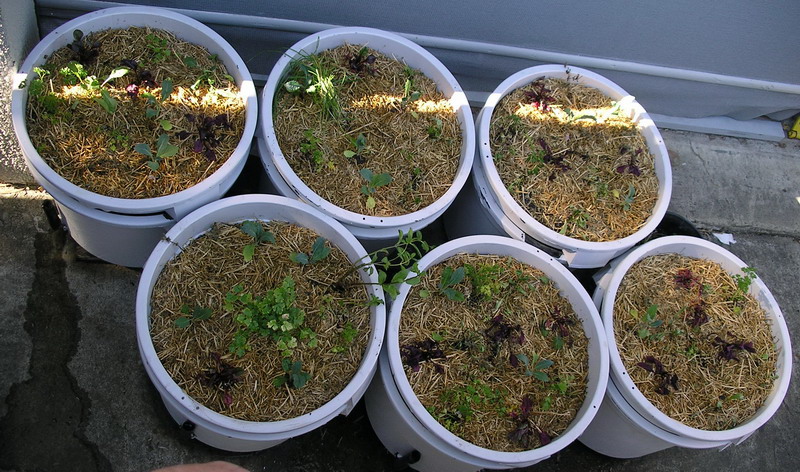
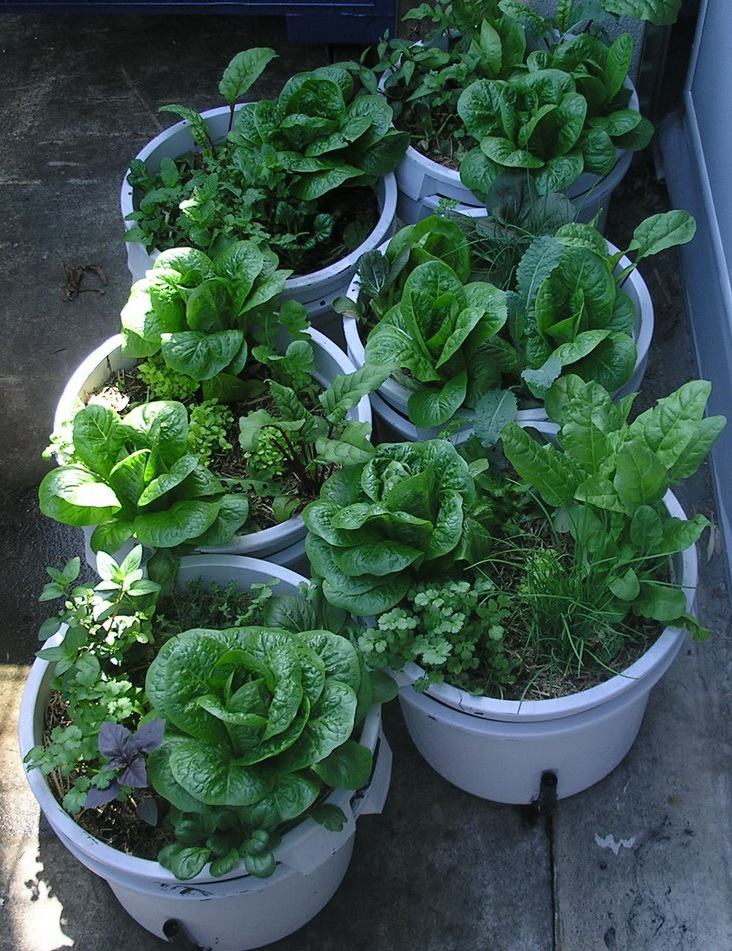
Do you want:
– A healthy self sustaining landscape
– Regenerative low maintenance food production
– Water security
– Reduced fire risk
– Increased wildlife habitat and refuge
– Increased soil fertility
– Holistically managed live stock
For a resilient garden, we recommend native species to your region. With the right mix, they can offer year round colour, diversity in leaf texture, size and flowers. This will also increase the mircobe population in your soil which means you are capturing more carbon. Native species will out live many of the exotic and hybrid plants, and can be part of a beautiful, edible backyard. For true resilient natives, contact your local landcare group to source plants. Young plants not pot bound will have more vigorous growth when planted out in mulched healthy soil.
Polyculture can advise on how to include edible gardens onto your property, which add colour and diversity keeping the local ecology healthy and your family well nourished.
Including some “foodscaping” into your garden adds colour and diversity which keeps that local environment healthy, thanks to the beneficial insects it attracts. Our experience has shown that integrated landscapes remain more pest resistant which means less or no chemical use required. Including an organic landscape design into a holistic approach will benefit your health and your property.
Growing your own food can save up to $2,000 per person per year!
Home grown fresh nutrient dense food will benefit your wallet, your taste buds, your body, your mind and your environment. Talk to your neighbours about sharing and or trading each others produce.
Surround yourself with a salad garden
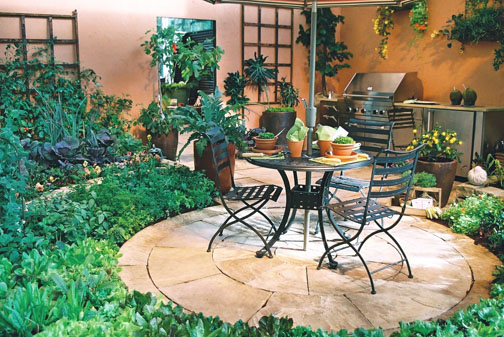
If you plant where you walk everyday, it makes maintenance and harvesting easy, and the colours are fantastic!
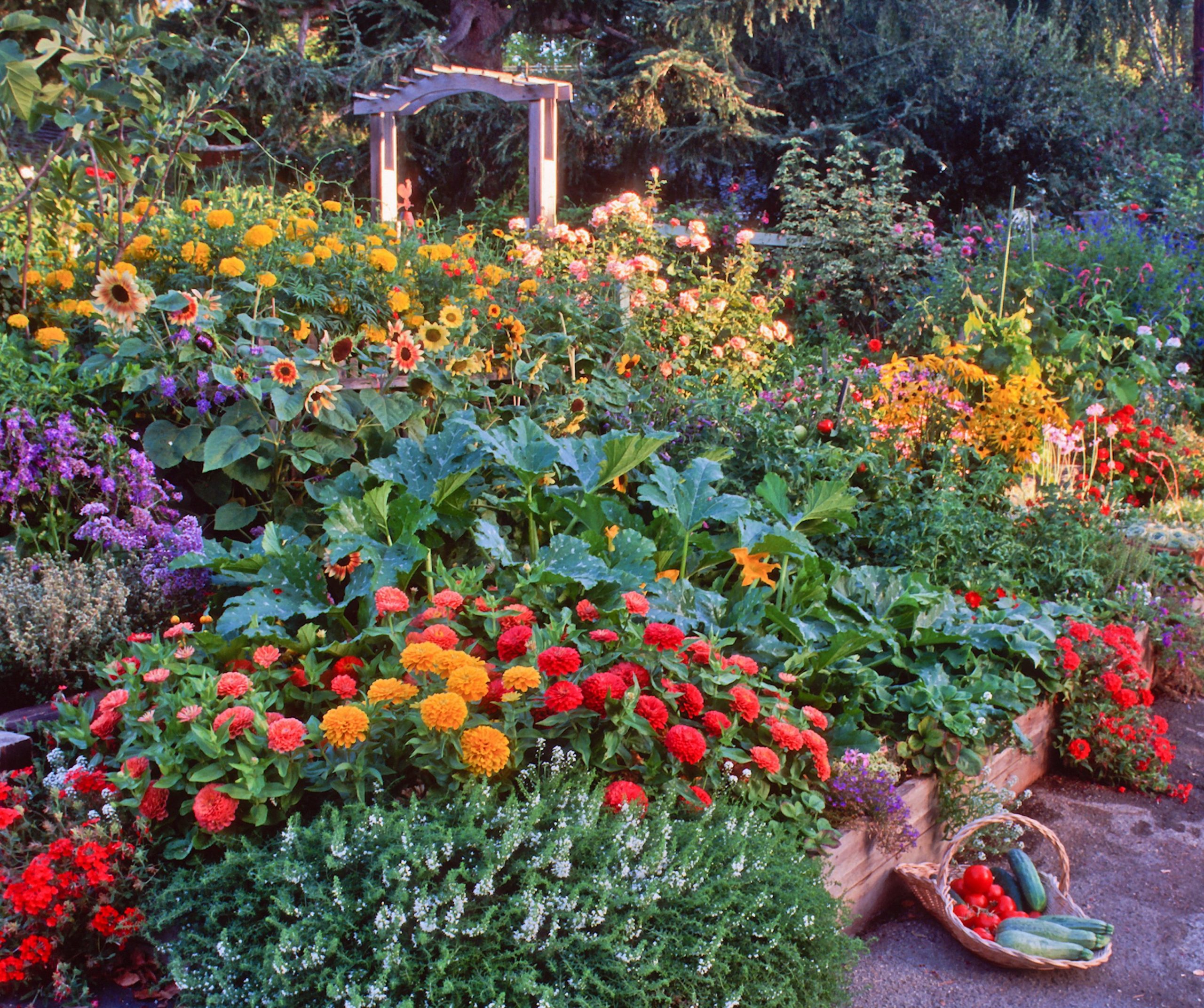
How can you grow your own food and keep it easy to manage and maintain?
Polyculture is about integrating people with nature by growing your own food in a natural living ecosystem. How we assemble all the elements to reduce energy requirements is what makes it easy for you.
We can show you how to do your own:
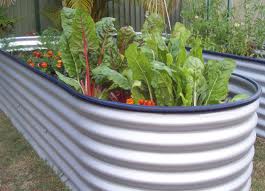
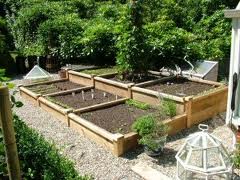
metal raised beds & terraced timber beds
We recommend garden beds which are made from salvaged timber that has been felled but isn’t suitable for mainstream timber industries. The timbers we use represent a significant carbon sink while preserved in our products and their removal from regenerated forests allows regrowth with great capacity to absorb carbon dioxide and an opportunity to flourish.
food forests – orchard design + implementation

Orchards are an integral part of a vertically layered food forest that can sustain itself for millennia. From ground cover herbs under berry bushes all the way up to mature nut trees, fruit trees & large canopy cover trees that can sustain a balanced supply of fruit & veg for all inhabitants.
The best option is Food Forests which gives you a collective mix of productive plants stacked in one space.
A food forest can be comprised of up to nine layers, the uppermost layer being the canopy layer. The canopy is comprised of tall trees — typically large fruit and nut trees. Between the tall canopy layer trees, there is a layer of low growing, typically smaller fruit trees. Mind you, a small fruit tree can be up to 4m (12’) tall, so don’t think these are necessarily very low trees! Nestled between all the small trees are the shrubs – which are well represented by currants and berries.
Filling the remaining space is the herbaceous layer, this can be the culinary and medicinal herbs, companion plants, bee-forage plants and poultry forage plants. Any remaining space is occupied by ground cover plants. These form a living mulch that protects the soil, reduces water loss to evaporation, and prevents weeds growing. All can be 100% edible and many can be native species.
We can still go a level deeper to the rhizosphere, or root zone, the underground level which is occupied by all our root crops, such as potatoes, carrots, ginger, turmeric etc. While that might seem like a lot of plants in one space, we still have one more layer to fill, the upright vertical space. This is filled by climbers and vines, which can be run up trellises, arbours, fences, trees or any other vertical support. This category includes grapes, climbing beans, many berries, passionfruit, kiwi fruit, climbing peas, chokos and many other species that love to climb.
Another important area when developing your property is orchard planning. Use the link to learn a little more before you start planting fruit tress.
Please Contact us any time for a no obligation talk about how we can help you, improve your property.
